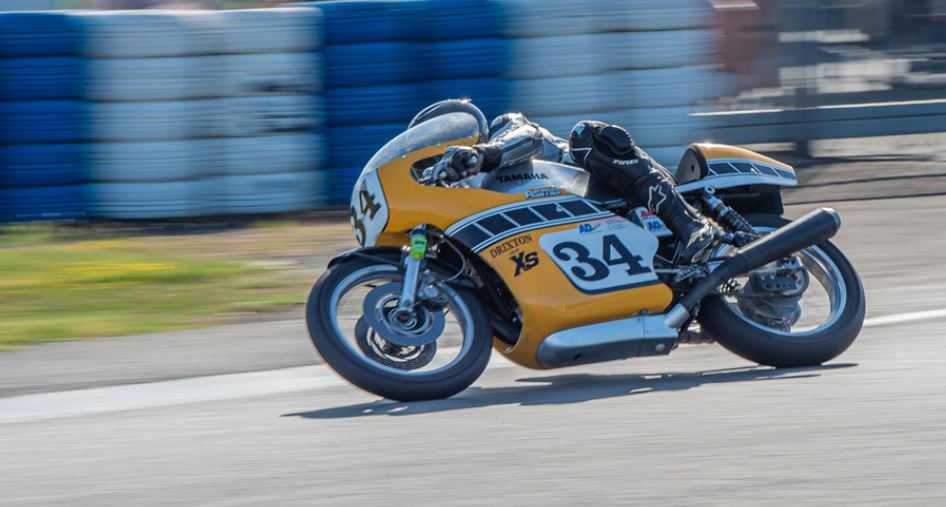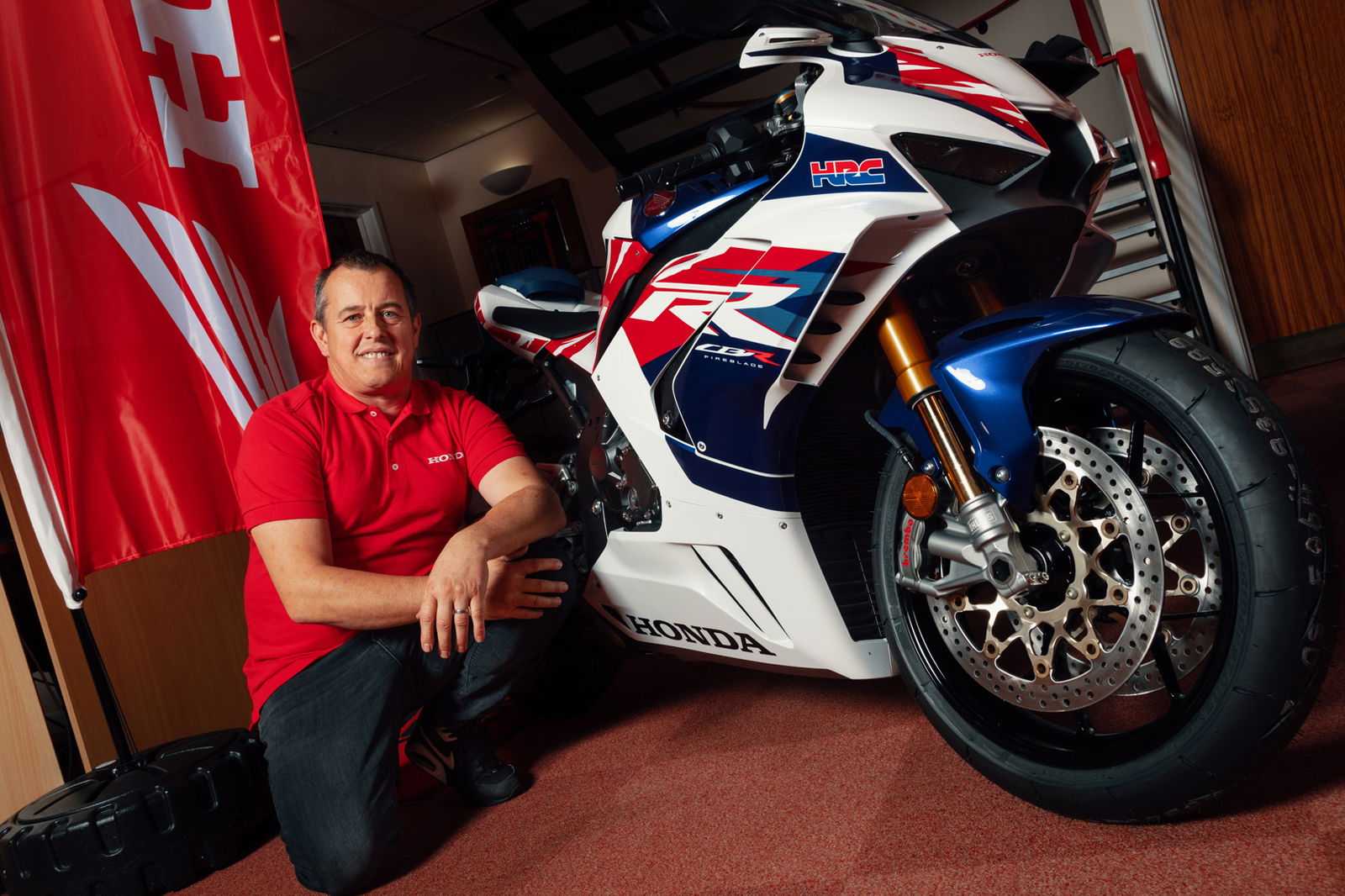FIM announce age restrictions in WorldSSP300 ahead of 2022
The FIM has just announced a raft of safety measures ahead of 2022, aimed making all riders and those in the lower classes safer on track

THE FIM (Fédération Internationale de Motocyclisme) is the governing body of motorcycle sports globally, and encompasses MotoGP, and World Superbike.
After calls from senior riders, teams, and fans during 2021 to increase safety – especially in the lower classes – and the death of up and coming young rider Dean Berta Vinales in September, the FIM is putting into place new rules for 2022.
Smaller grids and an age limit for riders in World Supersport 300
The first move will see grid sizes in the hyper-competitive World Supersport 300 class reduced to 30-riders and plus two wild card entries. This season saw sometimes more than 35-young racers lining up on the grid, something that many feel was adding to the risk level in the class.
Another change, slated for 2023, will see the rider age in the class increase from 16 to 18 years old.
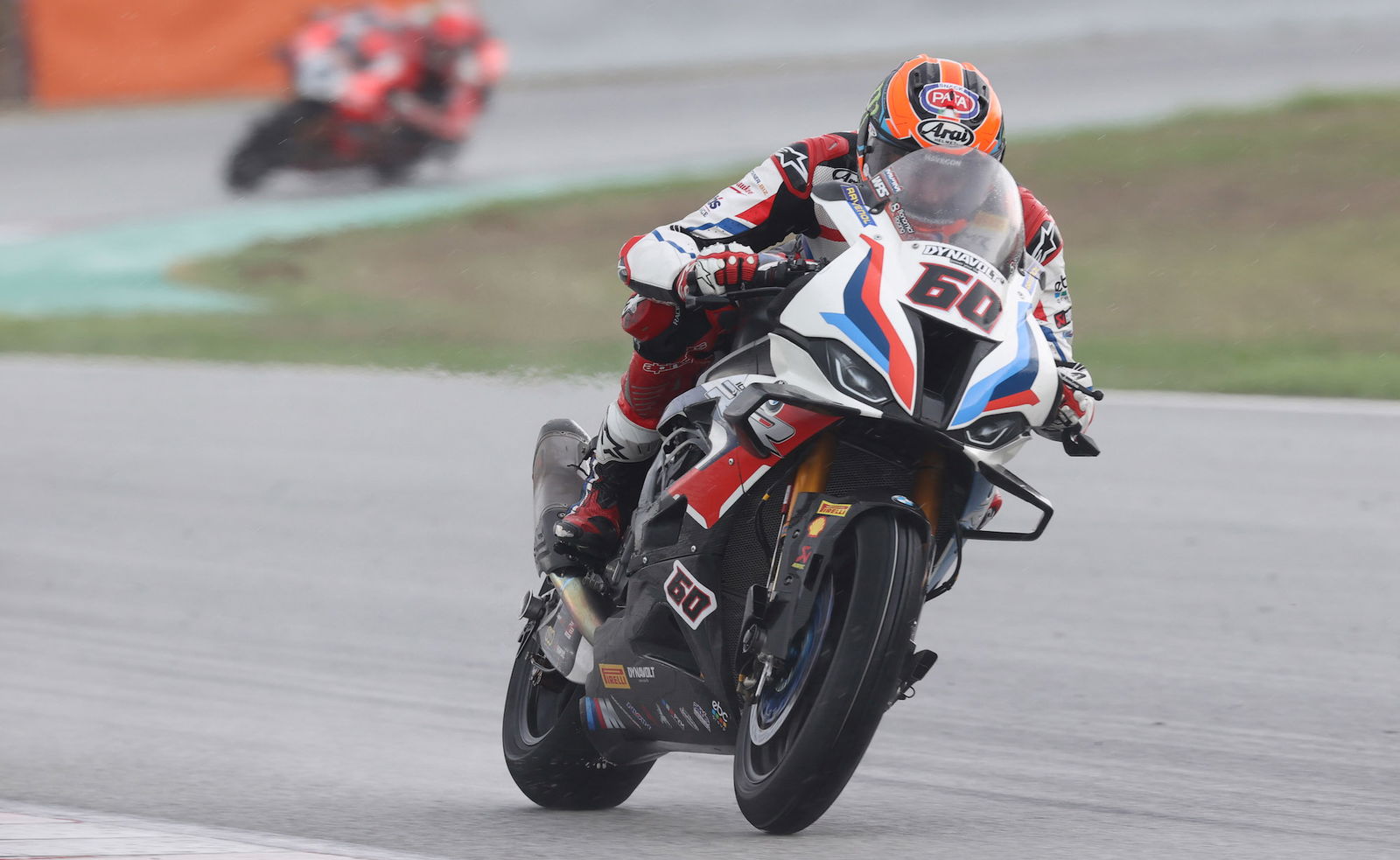
Qualification times within 105%
Riders this season needed only to reach 107% of the pole position time, although that will be reduced for 2022. Riders will now need to get within 105% of the pole lap, a move that is aimed at ensuring all riders on track can maintain a safe pace compared to the leading group.
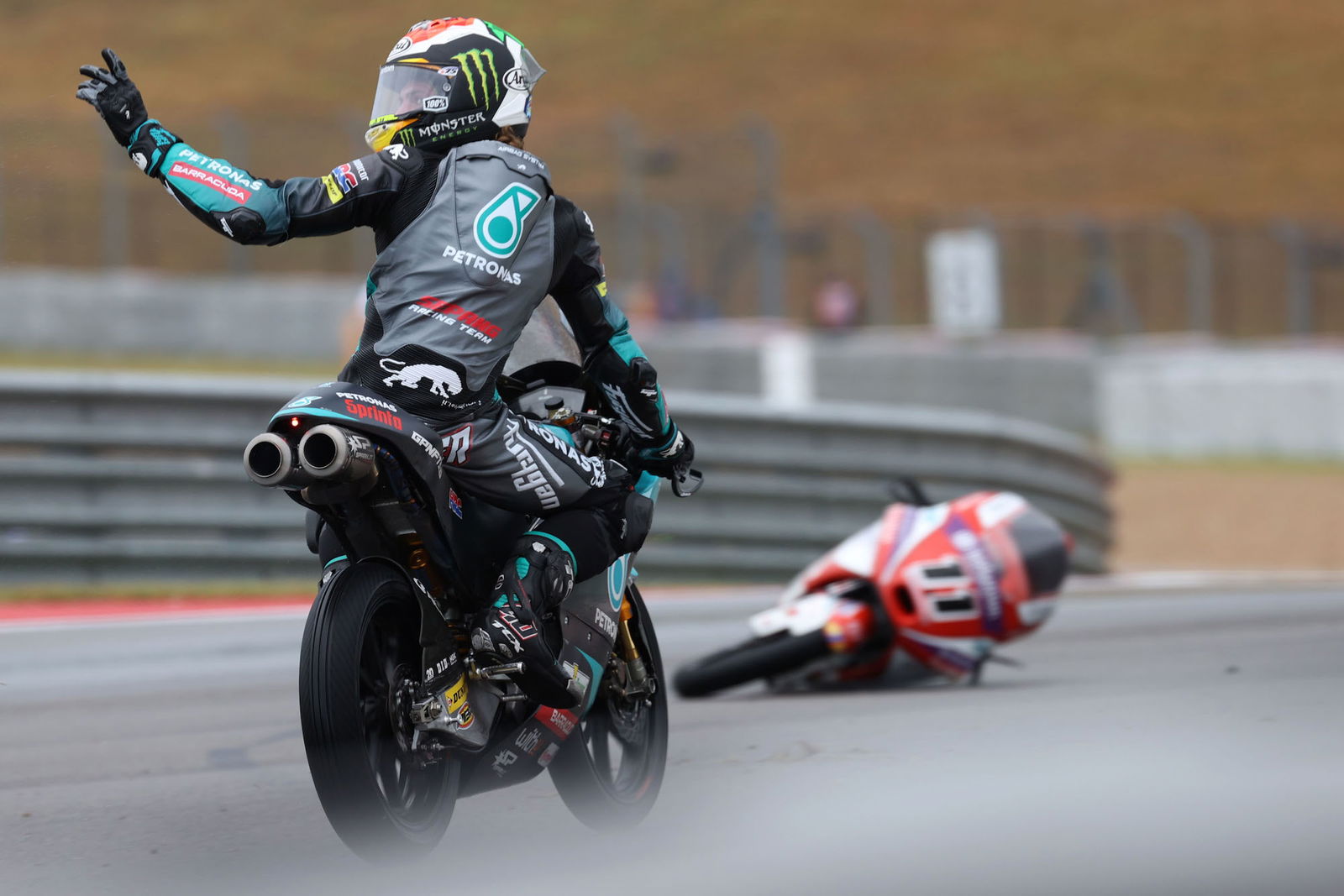
Airbags for all classes and pit to bike messages
It seems strange to write it – seeing as top classes like MotoGP and WorldSBK have been using them for years, but nonetheless, airbags will be compulsory for all classes and riders from next season.
Up until now the FIM rules only stated that airbags were highly recommended.
An item that seems to have trickled down from MotoGP and WorldSBK is the use of a new ship-to-shore message system via the bike’s dash.
It’s hoped the system can help to warn riders on track of yellow flags, slower bikes, and other on-track dangers before they come up on them.
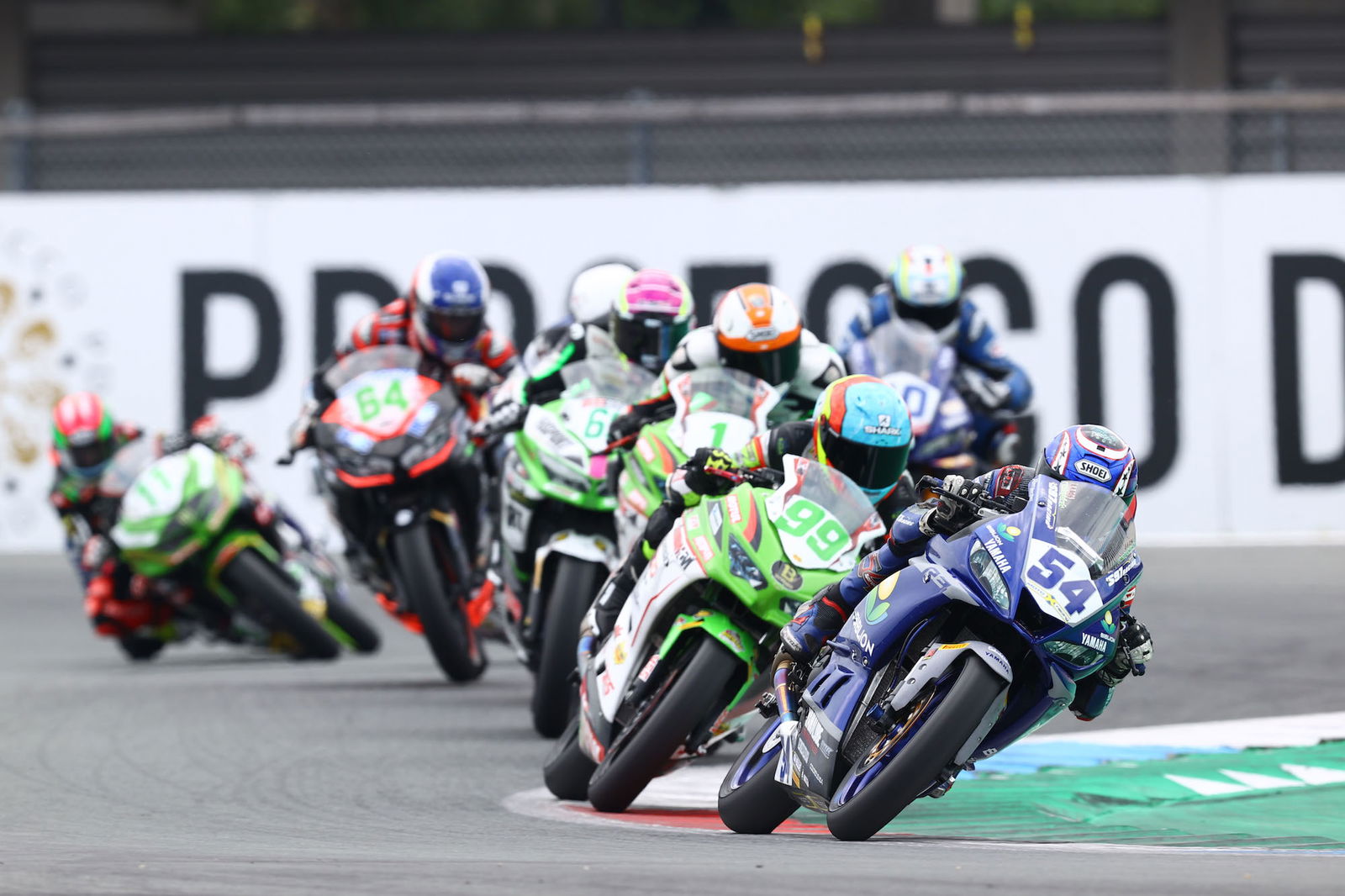
A new generation of the Supersport class
The FIM also wants to overhaul the rules in the Supersport class, specifically trying to find a better balance of power/capacity/weight for the bikes competing. The rules aren’t as yet defined, although the FIM states they will be presented shortly.
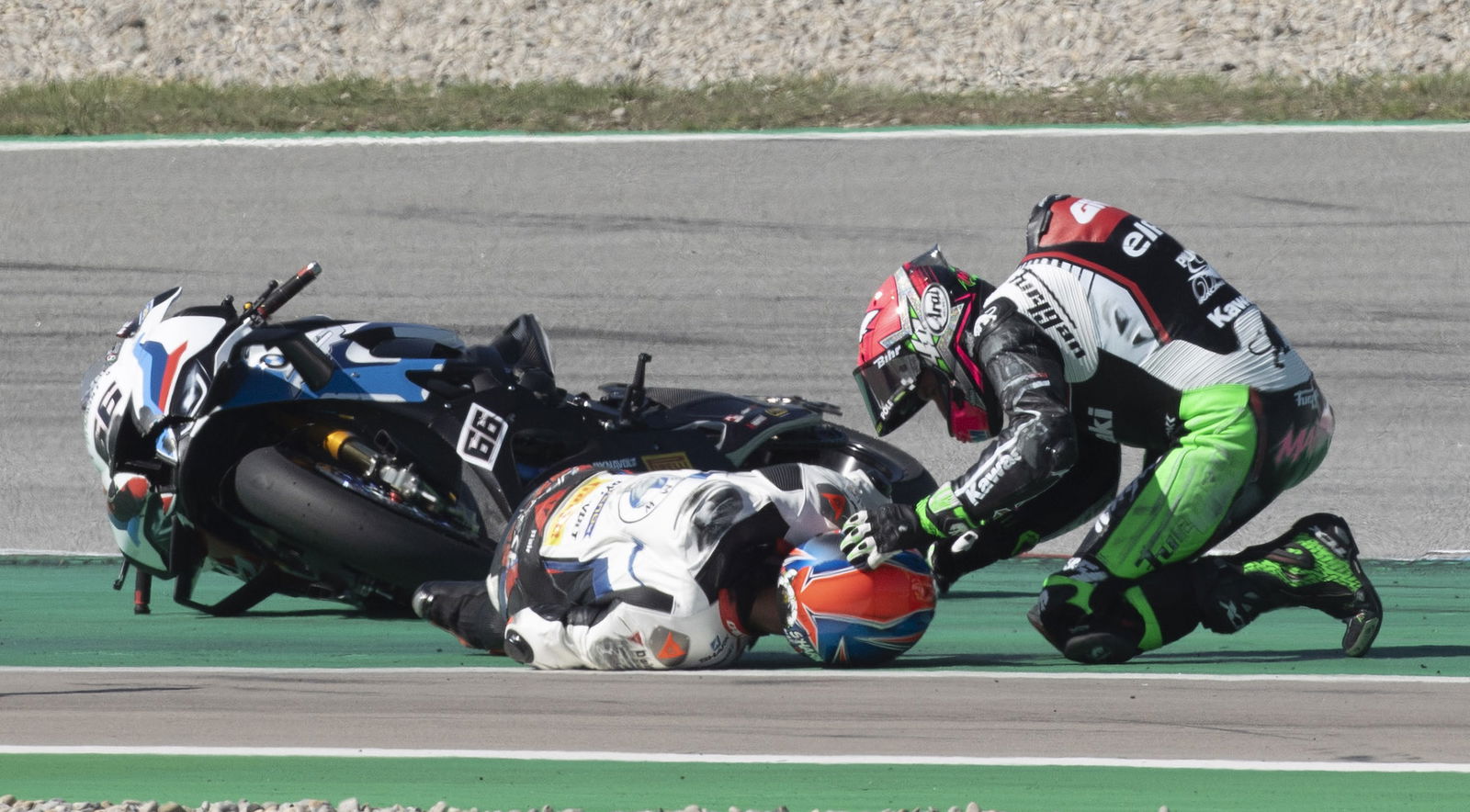
Post-crash helmet analysis
The FIM also seeks to set up a system that can analyse a rider’s helmet detail after a crash or a head injury.
The helmets of all riders who are taken to the medical centre after a crash and those suffering from concussion will be held by the technical stewards before being returned to the team. Those suffering from concussion will have their helmets sent to a lab for ‘non-destructive' testing before being released to the team or the rider.
